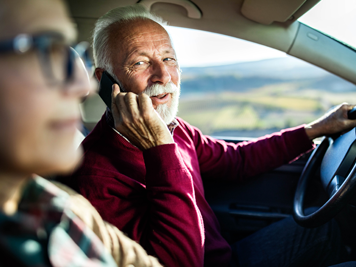Impacted by wildfires or winter weather? Whether you have a business that's been affected or your personal home and assets are damaged, know that you have a team of people to support you. Find resources here.
[1] Under federal tax laws, donors may be able to deduct the fair market value of vehicles gifted to non-profit entities, however you should consult with your personal accountant or tax attorney.



